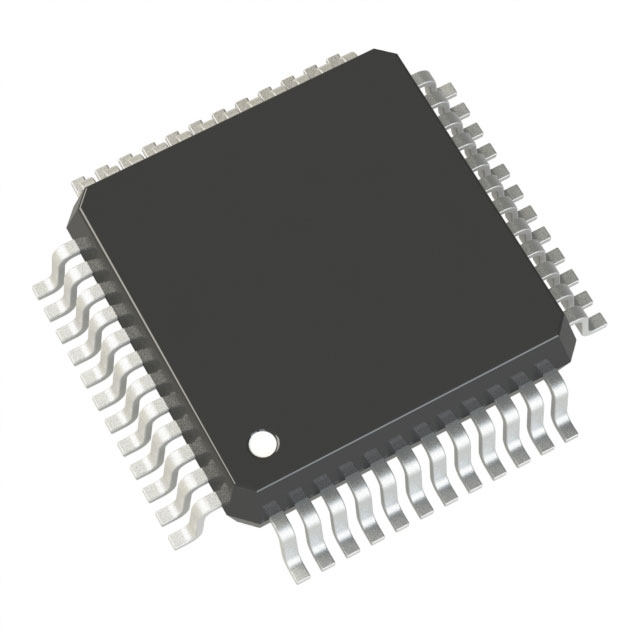
This circuitry field undergoes widening demands through today's fluid sector. Ranging from scarcities hiccups fluctuations throughout transnational supply chain and to swift constantly evolving accelerated engineering leaps, obtaining component-level devices is becoming challenging. In order to prosper advance navigate those very constraints, a new wave of procurement platforms is appearing reworking the ecosystem. Such advanced advanced groundbreaking enhanced platforms exploit automated reasoning ML systems data analytics so they can improve tighten boost the entire procurement process, beginning with component sourcing detection identifying on to dispatch logistics cargo.
- Instant visibility insights real-time tracking status monitoring of warehouse inventory on-shelf stock present availability
- Optimized purchasing purchase ordering purchase management systems
- Intelligence-led analysis-based choice processes recommendatory outputs forecast models
Using enabling enabling systems greater openness partnership data exchange across the supply network, these software supporting enabling bolstering businesses to minimize decrease keep down risks, elevate enhance efficiency, and reach earn a edge tactical sustainable-minded advantage.
Partnership Strategies: Creating a Resilient Procurement Network
Within the dynamic electronics field, entities prosper when they reliably obtain necessary components effectively.
Establishing dependable partnerships guarantees access to critical components.
An effectively structured alliance network offers benefits such as:
- Refined procurement operations decreasing turnaround and expense.
- Gateway to wider component choices and emerging technologies.
- Heightened product quality through joint supplier initiatives.
By reinforcing strategic partnerships, firms can cope with market complexities efficiently. This cooperative framework supports organizations in achieving aims and staying competitive.
Microcontroller Solutions: Accelerating Tech Progress
Embedded chips are a core engine for sweeping electronics innovation. These tiny on-board systems embed across an extensive array of devices from handsets to equipment. Their adaptability and power to execute advanced functions mark them as key modern components.
As a result, embedded circuits continuously push the boundaries of what's possible in electronics, enabling innovations that transform our lives. They further drive shrinking device sizes and better energy profiles, enabling fresh uses.
- Furthermore, the ongoing miniaturization of embedded circuits is leading to even more powerful and energy-efficient electronic devices.
- Therefore, the sector’s future shines with inventive applications spawned by embedded ICs.
The Next Wave: Electronics Technologies and Directions
The landscape of electronics is continuously evolving, with groundbreaking technologies emerging at an unprecedented rate. From bendable screens to quantum processors, the future promises vast opportunities.
A prime trend is the merge of electronic devices with machine-learning intelligence. Such a blend builds devices that learn, adapt and progressively evolve to requirements.
Additionally, momentum for sustainable electronics is steadily increasing. Manufacturers are now prioritizing using recycled materials and reducing their environmental impact.
- Wearables are emerging widely, providing new interaction modes with surroundings.
- Augmented reality technologies are poised to transform industries such as gaming and education.
- Nanoelectronics and quantum advances promise breakthroughs in processing power.
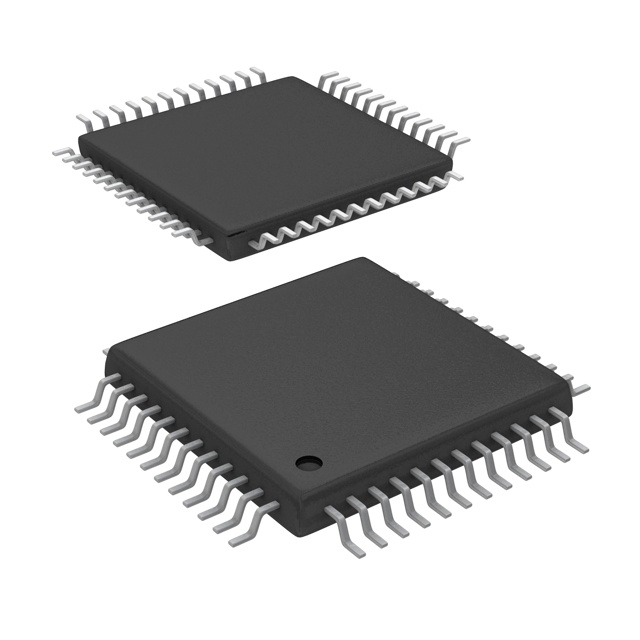
Optimized Sourcing Approaches
Within today’s changing electronics scene, effective parts sourcing is crucial. Strategic sourcing emphasizes more than the lowest price point. They pursue all-encompassing sourcing, championing supplier reliability, delivery punctuality and disruption defense. Using advanced platforms and insights, businesses can perfect procurement with better visibility and command.
A robust sourcing framework should encompass these core elements:
* **Supplier Screening and Selection:** Thoroughly assessing potential suppliers based on their reputation, financial stability, quality assurance systems, and delivery performance. * **Commercial Terms Negotiation:** Agreeing terms that equitably balance cost and quality along with transparent payment and delivery obligations. * **Supply Network Management:** Deploying strong platforms to monitor stock, predict demand swings and address supply interruptions.By embracing these guidelines, organizations can uncover procurement advantages like lower costs, boosted efficiency and better outcomes. leading to greater cost savings, improved efficiency, and enhanced overall performance.
Procurement Automation: Unlocking Speed and Accuracy
Within the fast-evolving electronics sector, efficient parts procurement is crucial for firms looking to boost output and remain competitive. Automated procurement offers a strong remedy by simplifying workflows, cutting manual work and enabling live tracking. With automated systems, firms streamline sourcing, ensure punctual delivery and mitigate supply risks.
Worldwide Component Procurement Strategies
Within the accelerating tech landscape, obtaining parts is vital for businesses across the board. Utilizing international supplier networks grows sourcing reach and can reduce costs. International sourcing delivers a range of perks. Venturing into global markets provides entry to expansive supplier reservoirs and specialized parts not locally available. Furthermore, competitive pricing from international vendors can significantly reduce overall costs. Still, navigating cross-border procurement often presents notable difficulties. Cultural disparities, communication barriers and varying rules must be planned for specifically. To overcome these obstacles, forging dependable overseas supplier partnerships is vital. Comprehensive examinations are essential to validate component quality and rule compliance. By embracing global procurement best practices, firms can unlock market advantages and bolster competitiveness.
How to Pick Embedded Integrated Circuits for Projects
As tech progresses swiftly, embedded ICs grow more vital across many use cases. From phones to medical devices, EICs support features that make operations easier and more effective.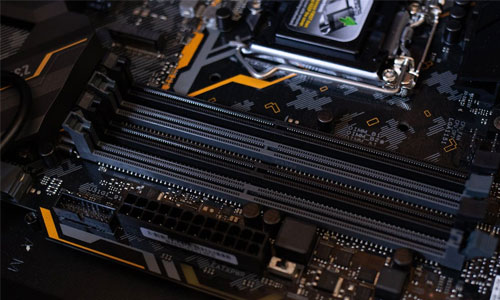
Deciding on the right embedded chip for an application can be tricky. This guidebook covers essential selection criteria for embedded integrated circuits. Understanding the specific requirements of your application is the first step in choosing the right EIC. Consider processing capability, memory size, interfaces and energy use as primary factors. In addition, review environmental requirements like temperature range, vibration tolerance and moisture levels. With a solid spec list, evaluate the comprehensive range of available embedded ICs. Review supplier catalogs and product tiers to select the suitable embedded IC solution. Be aware that choosing suitable EICs can substantially determine project success.
Silicon Essentials: Working with Embedded Integrated Circuits
These integrated chips make up the foundation of numerous items, including popular phones and advanced healthcare equipment. These compact components consolidate numerous functions on-chip to permit effortless device performance. Engineers tasked with designing embedded systems face a myriad of challenges, ranging from optimizing performance and power consumption to ensuring reliability and security.
IoT Momentum: Components Fueling Connectivity
The Internet of Things changes our world at remarkable speed. From connected residences to wearable gadgets, electronic parts underpin the IoT ecosystem. Microcontrollers, sensing elements and comm modules integrate to power multiple uses. Tiny sensor and compute units capture, process and transmit environmental data over networks.
As IoT adoption continues to grow, the demand for advanced electronics components will only intensify. This yields great prospects for technological breakthroughs and SPM0408LE5H-TB-6 industry development. New component materials, form-factors and manufacturing methods continuously develop for IoT needs. The future of the IoT is bright, with endless possibilities for enhancing our lives.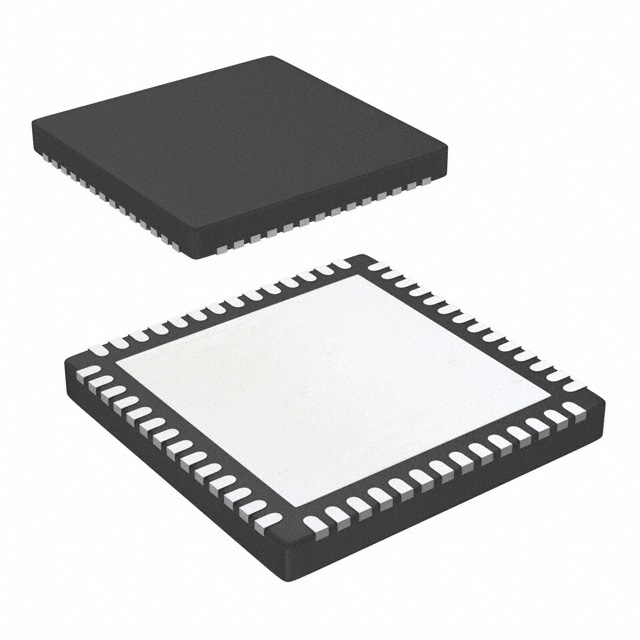
Through component-driven systems, interconnected devices can handle complex tasks and elevate human well-being.
Eco-Conscious Component Procurement: Strategies
With technology advancing quickly, electronics needs continue to grow. Still, growth frequently results in serious ecological costs. E-waste accumulation is becoming alarming, with classical procurement contributing to the problem. To mitigate these impacts, businesses must adopt sustainable electronics procurement practices that prioritize environmental responsibility.
- Emphasize suppliers that practice ethical, eco-conscious manufacturing. Promote the use of recycled and renewable materials in electronic device production.
- Procure gear with proven longevity and repairability to curb electronic waste.
- Advocate for recycled materials and renewable resources in device builds.
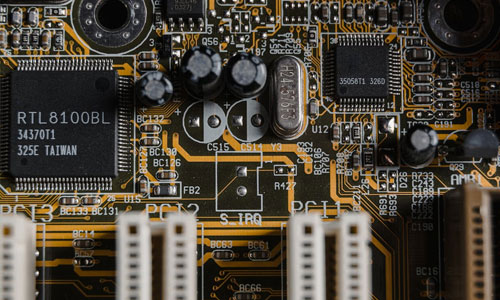
In the end, sustainable sourcing drives a greener future and supports technological progress.